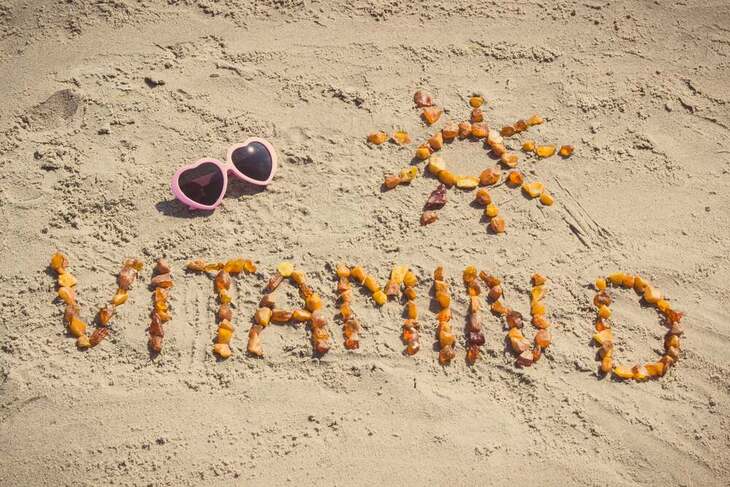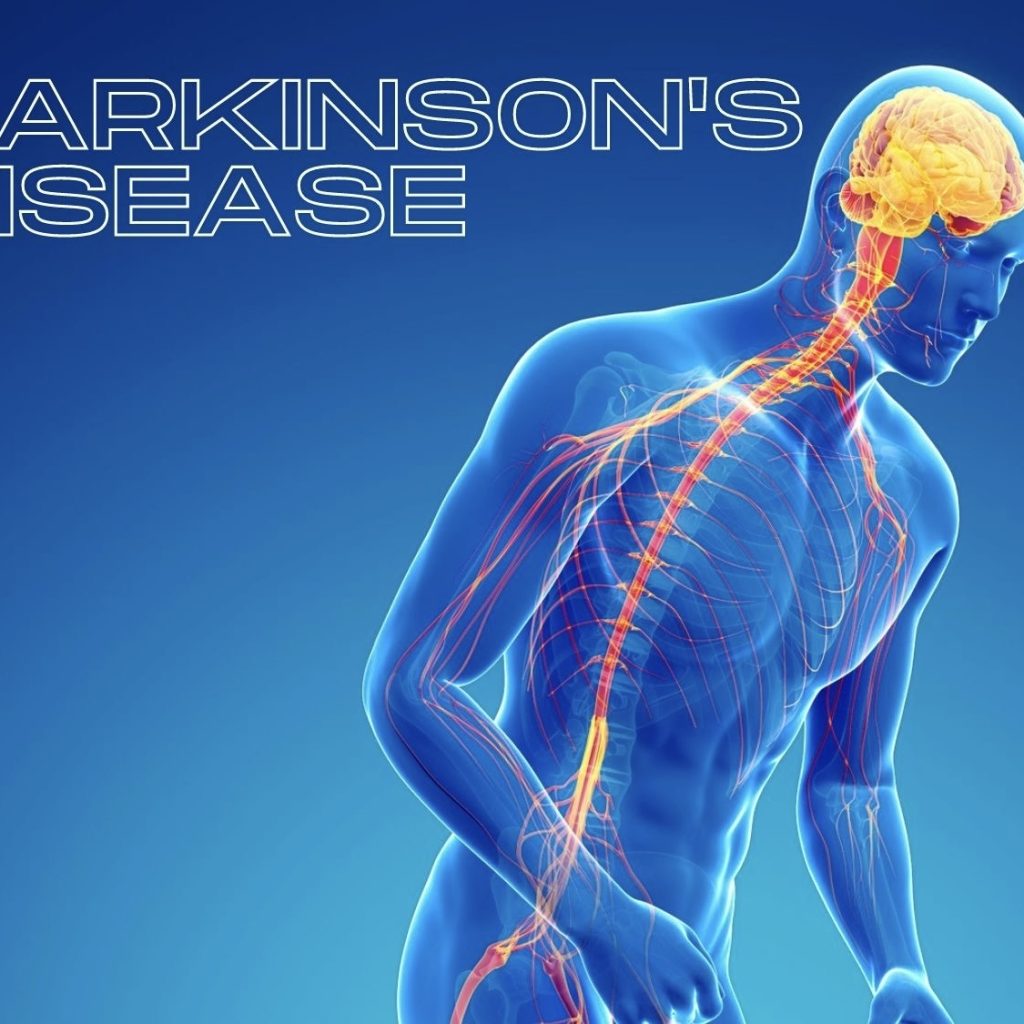
Regulation of body temperature
Body temperature is regulated in the pre optic nucleus of the anterior hypothalamus, which carefully maintains a core temperature of 37°C±1° (98.6˚F±1.8°)
A serious threat- Heat Exhaustion and Heat stroke
Regulation of body temperature
Body temperature is regulated in the pre optic nucleus of the anterior hypothalamus, which carefully maintains a core temperature of 37°C±1° (98.6˚F±1.8°)
Evaporation occurs when water vaporizes from the skin and respiratory tract. This is the body’s most effective mechanism for dissipating excess heat and is the primary means for athletes exercising in hot environments.
Radiation is the emission of electromagnetic heat waves. This energy transfer does not require direct contact or air motion.
Convection is the transfer of heat to a gas or liquid moving over the body. Heat transfer occurs when the gas or liquid is colder than the body.
Conduction is direct heat transfer to an adjacent, cooler object.
Heat exhaustion — Heat exhaustion is characterized by the inability to maintain adequate cardiac output due to strenuous physical exercise and environmental heat stress. Most often this manifests as physical collapse during exercise. Body temperature elevation is milder than with EHS or heat injury and the central nervous system is not affected.
Risk Factors include:
-Sweat with high salt concentration
-Heavy sweating
-Dehydration
-Insufficient sodium intake prior to and during intense activity
-Lack of heat acclimatization
-Baseline (pre activity) fatigue
-History of heat cramps
The clinical criteria for heat exhaustion generally include the following:
> Athlete has obvious difficulty continuing with exercise.
> Core body temperature is usually 101 to 104ºF (38.3 to 40.0ºC) at the time of collapse.
> No significant dysfunction of the central nervous system (eg, seizure, altered consciousness, persistent delirium) is present. This is the key difference from exertional heat stroke.
Causes of Exhaustion Heat Illness:
1. Strenuous exercise in high ambient temperature and humidity
2. Lack of acclimatization
3. Poor physical fitness
4. Obesity
5. Dehydration
6. Acute illness
7. External load, including clothing, equipment, and protective gear
8. Drugs (Anticholinergic agents),Anti-epileptic agents,Angiotensin-converting enzyme inhibitors,Angiotensin II receptor blockers,Antihistamines,Decongestants
Signs and Symptoms of Heat Exhaustion:
-Tachycardia and hypotension
-Extreme weakness
-Dehydration and electrolyte losses
-Ataxia and coordination problems, syncope, light-headedness
-Profuse sweating, pallor, “prickly heat” sensations
-Headache
-Abdominal cramps, nausea, vomiting, diarrhea
-Persistent muscle cramps
How to save the life of patient suffering from Heat Exertion?
~Remove any athlete from play and move them to a shaded or air-conditioned area.
~Place the patient supine with their feet elevated above the level of their head (ie, raise their legs).
~Remove excess clothing and equipment.
~Cool the patient until their rectal temperature is approximately 101ºF (38.3ºC).
~The mode of cooling is less important for heat exhaustion than heat stroke since the cooling is primarily for comfort rather than life-saving. Any technique used to treat heat stroke may be used, including immersing the athlete in a tub of cool water, running cool water over them using a shower or hose, or using evaporative cooling measures. The time needed to reach the goal temperature will be much shorter than with heat stroke.
~Rehydrate the patient with chilled water or a sports drink if they are not nauseated, vomiting, or manifesting a depressed mental status; give IV fluid if the athlete is unable to drink (one reasonable approach is to give a rapid IV bolus of one liter isotonic saline followed by an infusion at a maintenance or 1.5 times maintenance rate, and titrated to response).
~Continuously observe and frequently monitor heart rate, blood pressure, respiratory rate, rectal temperature, and mental status.
~Transport the patient to an emergency department if rapid improvement does not occur despite appropriate treatment
Exertional Heat Stroke(EHS)
The two main criteria for diagnosing exertional heat stroke (EHS) are
1. A core temperature above 104°F (40°C), measured immediately following collapse during strenuous activity, and CNS dysfunction. CNS dysfunction can manifest as a wide range of possible symptoms and signs, including: disorientation, headache, irrational behavior, irritability, emotional instability, confusion, altered consciousness, coma, or seizure.
2. An athlete should recover within 15 to 20 minutes with these maneuvers; failure to improve should prompt further evaluation, including a rectal temperature. Patients at higher risk for dangerous causes or adverse outcomes and those who do not completely recover within 20 minutes should be evaluated in the emergency department using the approach for any patient with syncope.
When the athletes can return back on field after an episode of Heat Related Illness?
The recommendations of the American College of Sports Medicine for returning an athlete to training and competition following an episode of EHS represent one reasonable approach :
●No exercise permitted for at least seven days following release from medical care.
●Follow-up with the medical team approximately one week after release for physical examination and any necessary laboratory testing and diagnostic imaging based upon the organs affected during the EHS episode.
●Once cleared for a return to activity, the athlete begins exercise in a cool environment and gradually increases the duration, intensity, and heat exposure over two weeks to demonstrate heat tolerance and initiate acclimatization.
●Athletes who cannot resume vigorous activity over four weeks because of recurrent symptoms (eg, excessive fatigue) should be reevaluated. Laboratory exercise-heat tolerance testing may be useful in this setting.
●The athlete may resume full competition once he or she is able to participate in full training in the heat for two to four weeks without adverse effects.



